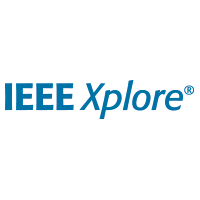Deadpool
Regular
Friday funny
A Japanese man goes to the currency exchange teller in a New York bank with 2000 yen and got back $14.00usd.
He asked the teller why he got less money than he had gotten the previous week.
The teller said, “Fluctuations.”
The Japanese man stormed out, and just before slamming the door, he turned around and said,
“Fuck you Americans too!”
I believe we are in for a good day fellow chippers
A Japanese man goes to the currency exchange teller in a New York bank with 2000 yen and got back $14.00usd.
He asked the teller why he got less money than he had gotten the previous week.
The teller said, “Fluctuations.”
The Japanese man stormed out, and just before slamming the door, he turned around and said,
“Fuck you Americans too!”
I believe we are in for a good day fellow chippers





